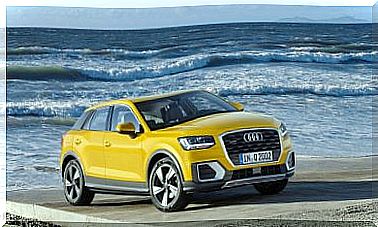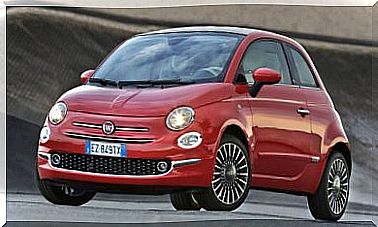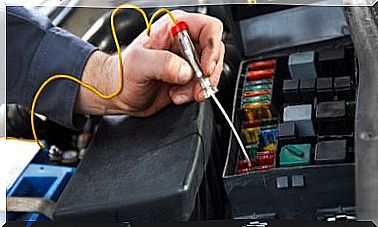Diesel And LPG: Which Fuel Is More Profitable?
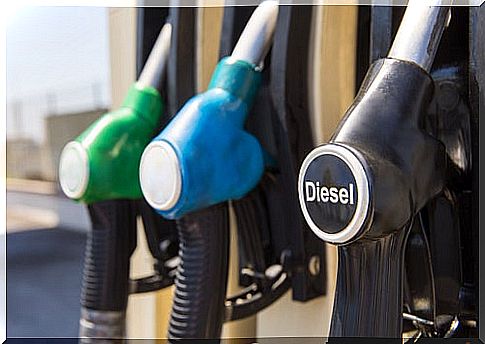
The automotive world is increasingly heading towards new research on sustainable mobility. Hence the rise of a sector such as electric vehicles. Many buyers wonder about the differences between diesel or LPG fuels. Next, we explain its characteristics and advantages or disadvantages.
Obtaining LPG
Liquefied petroleum gas is a type of fuel made up of the mixture of liquefied gases found in natural gas, or dissolved in oil. In practice, this substance is mainly composed of a mixture of propane and butane.
These compounds are present in both crude oil and natural gas. Therefore, LPG can be obtained through oil refining, and it is the lightest gases extracted during the process.
On the other hand, by reducing the temperature of natural gas, the heavier components of this substance can be condensed. In this way, compounds such as propane can be extracted at temperatures below -40 ° C. This fluid is then subjected to a distillation process to obtain the LPG.
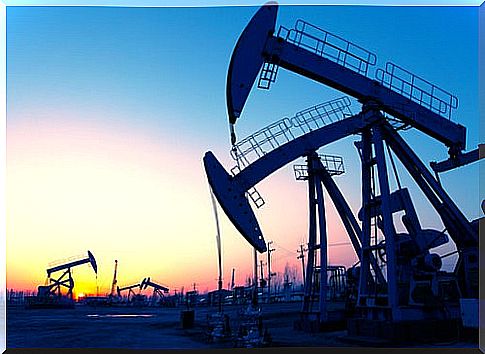
As a fuel, LPG has a high calorific value, higher than that of diesel. This means that, during the combustion process, the same mass of LPG can produce more energy than using diesel. In addition, it has a density greater than that of air.
Benefits of LPG
Due to the high pollution rates of diesel fuel, whose notoriety grew even more because of the Volkswagen emissions scandal, LPG has spread as a green solution. LPG engines are intended to help dissipate accumulations of polluting gases found in large urban centers.
First of all, LPG is a solution that can be implemented in any vehicle with a heat engine. If the car does not come as standard, a conversion kit can be installed for an approximate price of around 2,000 euros.
This price difference can quickly offset the expense of the vehicle’s LPG retrofit kit, especially for drivers who drive many miles a day.
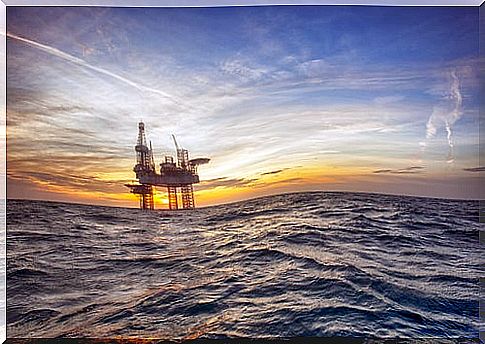
Finally, it has the ‘Eco’ label, because it emits 15% less CO2 and between 70 and 90% less nitrogen oxides, also known as NOx gases, which are highly toxic. Therefore, LPG can be a quite effective solution to contribute to sustainable mobility.
Disadvantages of LPG
Although it has attractive advantages, LPG also has some drawbacks compared to other fuels available on the market. First, the LPG tank takes up part of the luggage compartment or spare wheel space, which reduces the load capacity of the vehicle.
On the other hand, the LPG distribution infrastructure is not yet very extensive. For this reason, of the more than 9,000 service stations throughout Spain, only about 500 offer this type of fuel. This is a major nuisance when refueling, although the cars are bi-fuel : gasoline + LPG.
However, and as with the charging points of electric vehicles, the network is increasingly extensive, so it is very likely that within a few years this inconvenience will be reduced.
At the moment, in the Spanish car market there are already some models available with LPG fuel, such as the Alfa Romeo Mito.

